Are you thinking about creating a website? You’ll need to get many things in place before you get it up and running. One of the prerequisites is a domain name. So…
What is a domain name?
A domain name is the permanent address of your website on the Internet. It’s what people type into their web browsers to find your website. For instance, themeisle.com is the domain name of this website, and you can see it in the address bar of this page.
Purchasing, registering, and using a domain name for your website, will make it much easier for your site visitors to remember you. When they enter your domain name in their browsers, their computer sends a request to a cluster of servers called the Domain Name System (DNS). You don’t really need to know what goes on behind-the-scenes here. The important thing to remember is that the DNS then responds with the IP address of your website’s hosting server, which is how people are able to use your domain name to reach your website.
Think of it this way – people remember a name on the phone contact list better than actual phone numbers. In the same way, it’s easier for people to remember domain names rather than IP addresses.
As you continue reading this post, we’ll dissect the burning question “what is a domain name?” in even more detail. We’ll explain how it works, how you can register your very first domain, and more. Keep reading and level up your knowledge.
What are the different parts of a domain name?
A domain name can have a single word or multiple words. Irrespective of the number of words, there’s a dot at the end, followed by a suffix. This suffix after the dot is called a ‘top-level domain’ (TLD). The words to the left of the dot are called ‘second-level domain‘. In themeisle.com, themeisle is the second-level domain, specific to this website alone. The .com is called the generic top-level domain (TLD) extension.
A .com is not the only TLD that’s in use. There are 200+ domain name extensions, and new ones are being added all the time. An organization called ICANN (Internet Corporation for Assigned Names and Numbers) oversees the creation and management of these domain names.

However, while you can use other names, using a .com is usually the best for any commercial venture since most people automatically add this extension when they are trying to find a website.
What are the most common generic domain extensions?
Extensions often indicate the nature of the website. Some examples:
.comfor any type of commercial website..edufor an educational website..orgfor non-profits or other miscellaneous organizations.govfor government web pages.
However, most businesses choose .com, as it is the most commonly used extension for a business.
Owners often register domain names across multiple TLDs to prevent others from purchasing the identical domain name in other TLDs. This can also avoid copyright issues at a later point in time. For example, Facebook also owns facebook.org (and many other TLDs). Facebook just redirects all the different TLDs to facebook.com.
Additionally, some domain extensions are restricted. For example, you can’t use the .edu extension unless you legitimately are an educational institution. You would need to apply and provide proof that you meet the criteria.
👉 Learn more about domain extensions
What is a country-level TLD?
Besides the generic TLDs that we discussed above, there are also country-level domain extensions like .us for the United States, .in for India, or .jp for Japan. If you’re a location-based business, it makes good sense to register under these domains, especially if the corresponding .com domain is taken. Sometimes, this is ideal if you’re targeting visitors from a particular country.
Examples of other top-level country domains are .ca for Canada, .uk for the United Kingdom, .hk for Hong Kong, and .au for Australia. These are based on standard country abbreviations as per International Standards Organization.
These are all called ccTLDs (country code top-level domain).
As with generic domain extensions, some country-level domain names are restricted to only people who can prove they’re from that location, while other country extensions are open to the public.
Some country-specific domain extensions have even become popular as more generic terms. For example, the .io extension is technically a country-level TLD for the British Indian Ocean Territory. However, it’s become much more popular as an extension for tech websites and most people don’t even realize that it’s a country-specific extension.
How/where to register a domain name
Once you zero in on the name for your domain, you’ve got to register it with a domain registrar and make it your own. A registrar is a company that is accredited through ICANN (International Committed of Assigned Names and Numbers) to sell domain name registrations.
Upon registration, you will own the name for the period of validity of the registration (the default is one year, but you can purchase multiple years at a time). You can do pretty much what you like with it – start a website, sell it to another person, use it for a custom email address, or simply keep it idle (called “parking“).
There are many accredited registrars available and you’ll need to choose one with care. Often, website hosts such as SiteGround and Bluehost double up as domain registrars. They offer domain name registration as a free/paid add-on service in addition to their regular web hosting services.
Things to keep in mind while choosing a domain name registrar include:
- Cost of the domain name. Prices vary from one registrar to another.
- Do you want to purchase a domain name from your web host?
- Does the domain name registrar offer high-quality support?
- Are additional services such as email reminders for renewal offered by the registrar?
- Does the domain registrar give you free WHOIS privacy? Normally, anyone can look up the owner of a domain name, but WHOIS privacy lets you hide your information behind a proxy service.
You should also know that there are domain name resellers who set up an account with an accredited registrar. If you purchase a domain name from these resellers, you’ll have to deal with them to renew your registration or for any other domain management issues.
Additional resources:
👉 What is a domain registrar?
👉 The best domain registrars
👉 How to register a domain name
How to pick a good domain name
This is a hard one and requires you to get extremely creative. It’s difficult to find a good domain name that hasn’t already been registered. Given the sheer number of websites on the internet, most of the names you come up with are likely already taken, especially in the .com space.
What do I do if the domain name I want is taken?
If your desired domain name isn’t available for sale because it’s owned by someone else, there’s still a chance that the person might not actually be using it. The reason for this is that there are people who purchase catchy domain names for the sole purpose of sitting on them until a buyer comes along to make them an offer. Even if that’s not the exact case in your situation, you might still be able to make an offer to an owner, but first you’ll need to find out who owns the domain name you’re looking to buy.
If you don’t want to deal with all that hassle, then you’ll need to come up with an available name that’s unique, and that matches your brand. Just as importantly, it should be easy-to-remember. You can go with your own name for a personal blog or service. In other cases, a name that indicates your website’s purpose would be best. For more help, you can refer to this post.
What should I do first?
Before you search for a domain name, zero in on a keyword that’s appropriate for a website. It’s great if you can find a domain name that includes this keyword. You can also check out many online tools or blog name generators to come up with a domain name.
We recommend you to check our Blog Name Generator Tool.
Once you decide to register a domain name, you may think about registering it across multiple TLDs, to avoid messy copyright issues in the future.
Additional resources:
👉 How to choose a domain name
👉 The 15 best domain name generators
👉 Themeisle’s own blog name generator tool
Final thoughts on what is a domain name
Now that you’ve read the above, you’re probably no longer wondering “what is a domain name?”. In addition, hopefully you feel comfortable with the process of choosing a suitable one for your site. Changing a domain name can be cumbersome and if you switch it up, you risk losing your hard-gained reputation and brand recognition. So it’s crucial to get it right the first time.
To get started with your first domain name, you can follow our step-by-step guide on how to register a domain name. Then, to turn your domain name into a working website, check out our guide on how to make a website.
Still wondering what is a domain name? Hopefully this post clarified it for you, but if you do have any questions, please ask us in the comments!


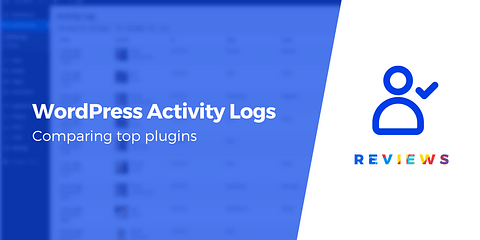
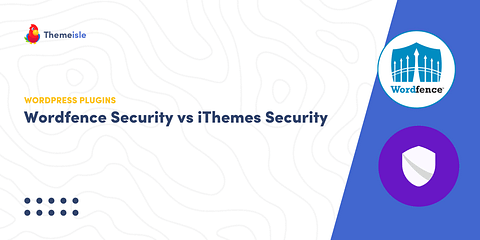


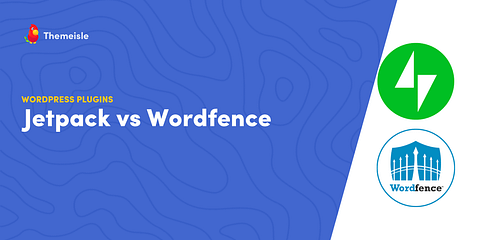







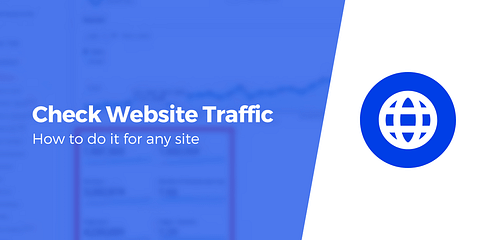
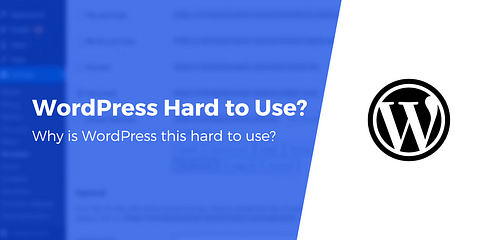
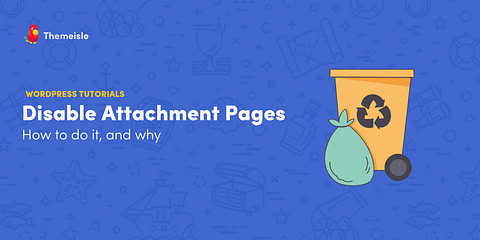



Or start the conversation in our Facebook group for WordPress professionals. Find answers, share tips, and get help from other WordPress experts. Join now (it’s free)!